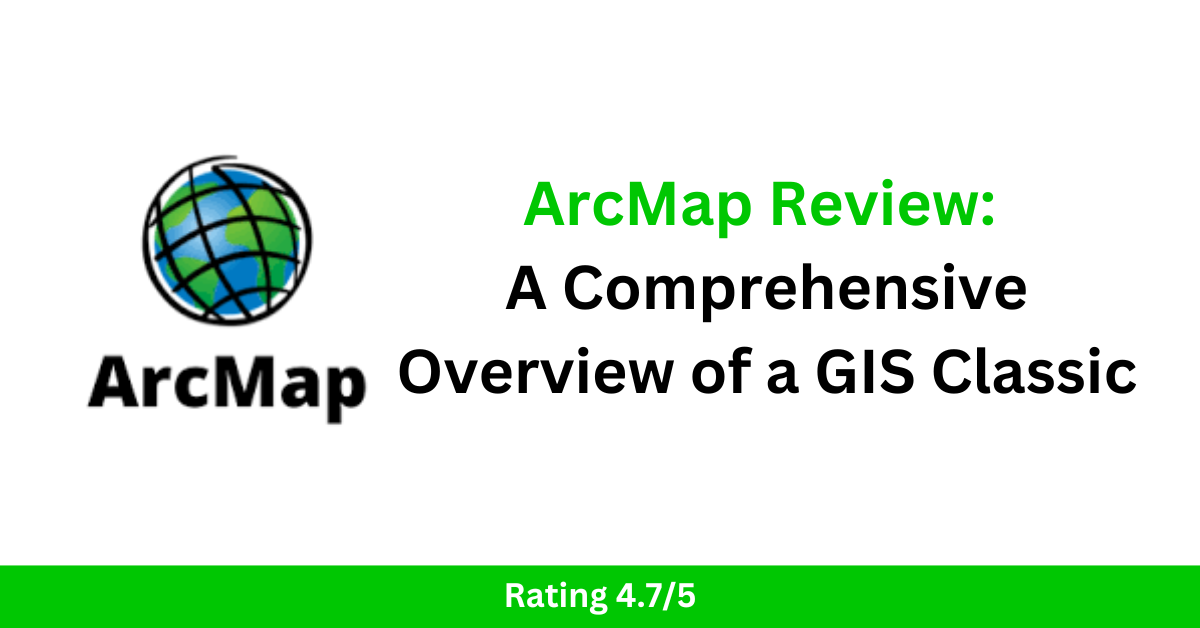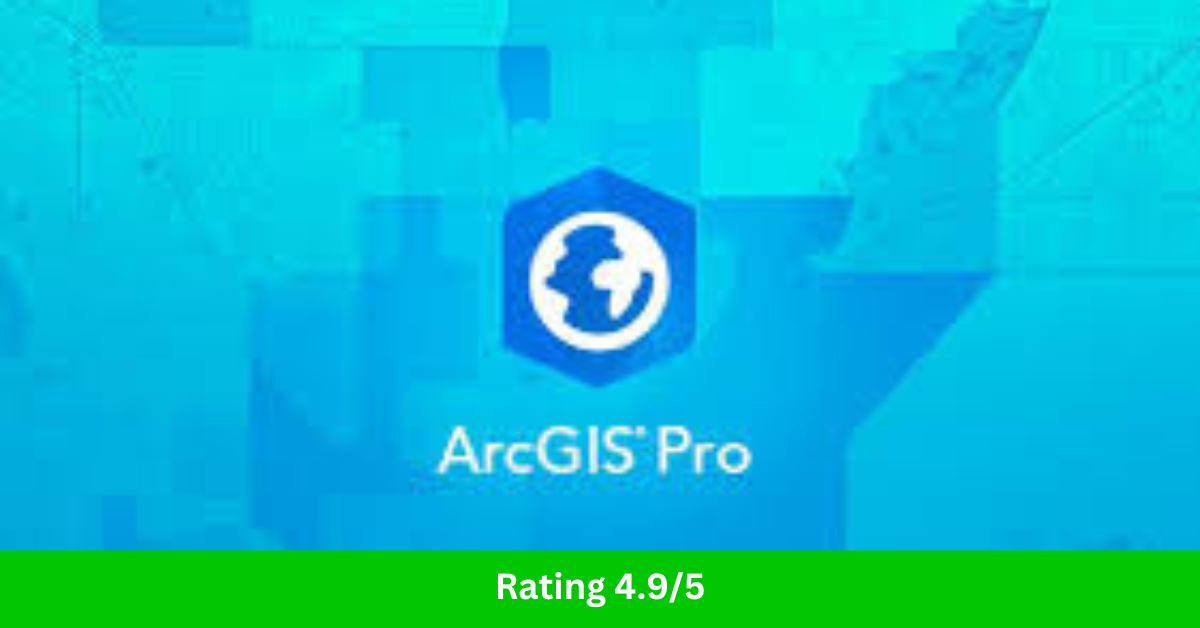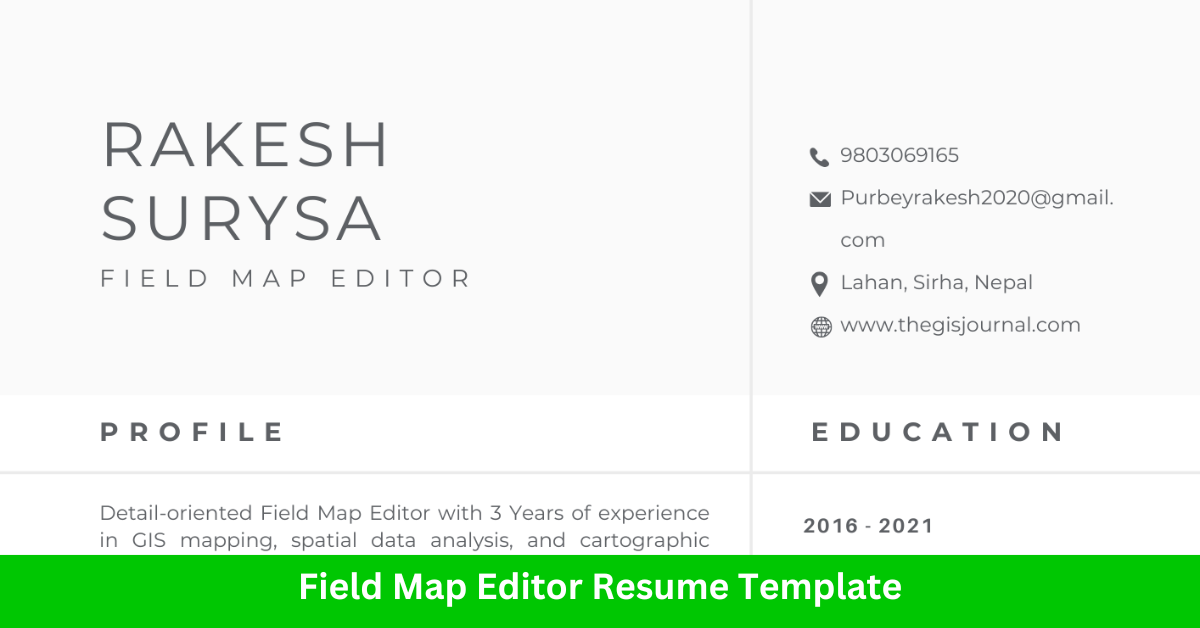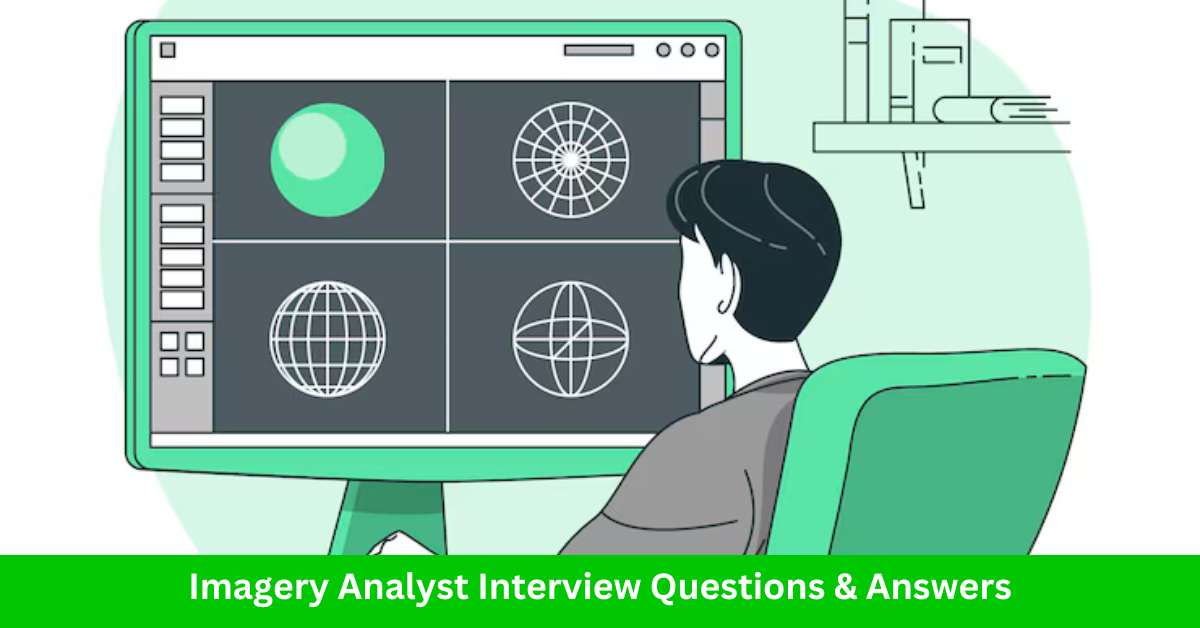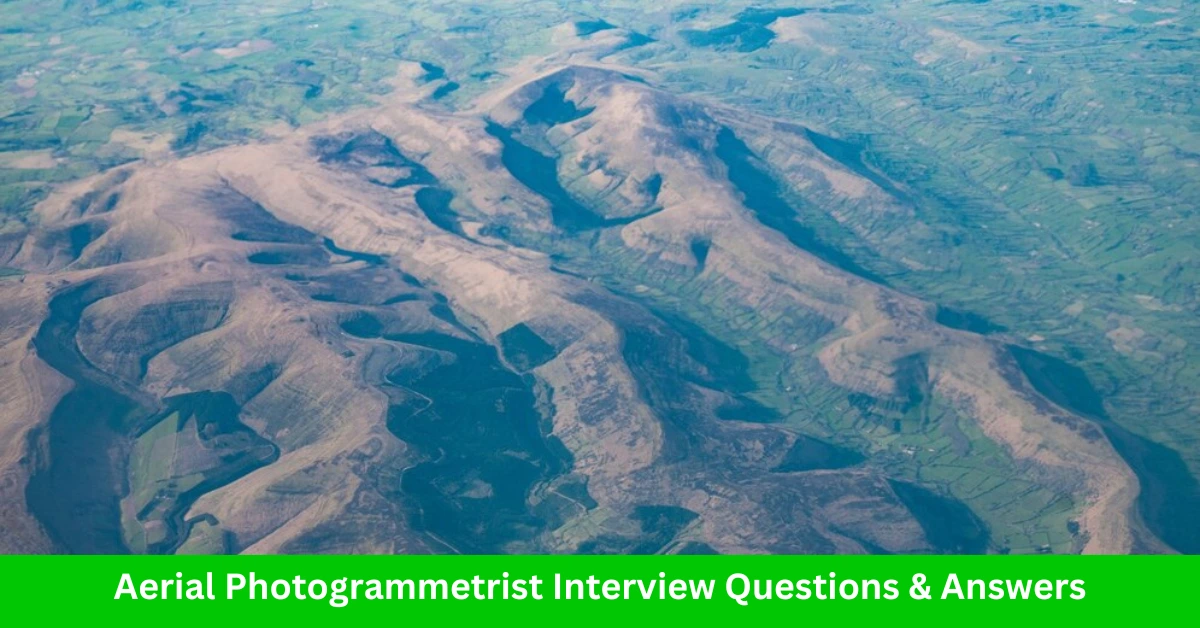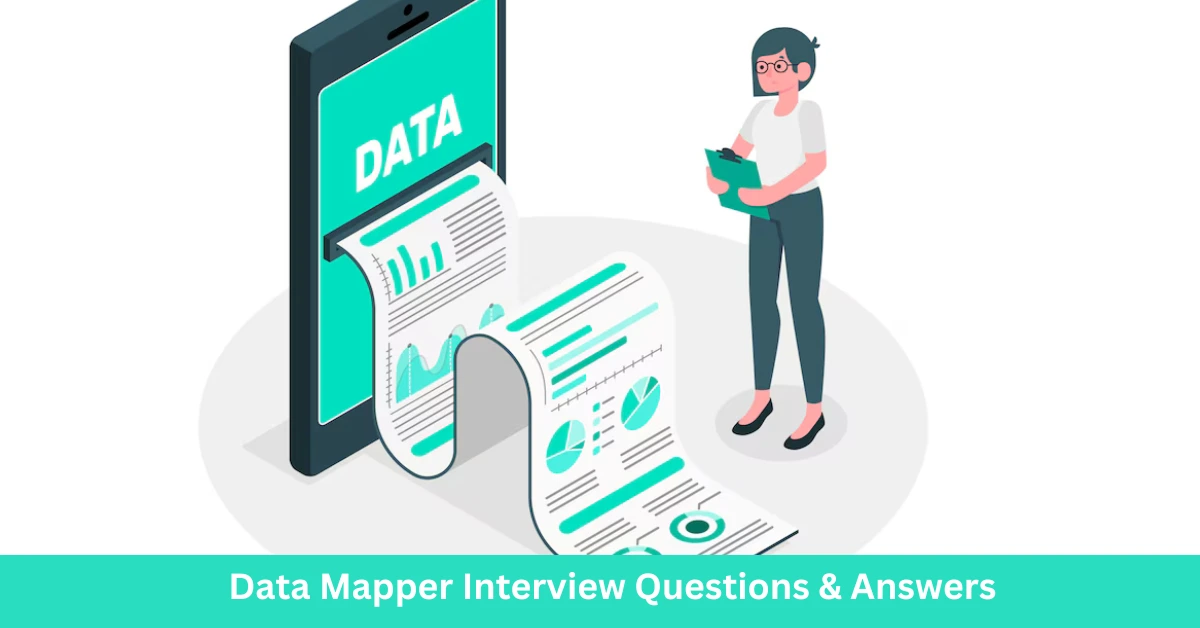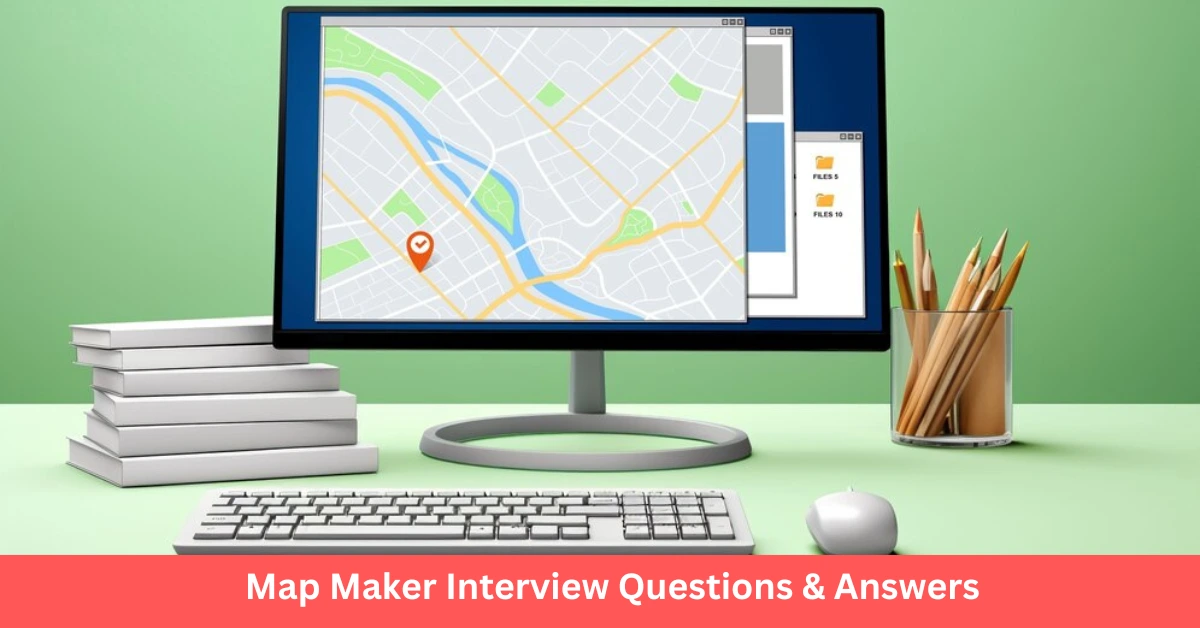ArcMap Review: A Comprehensive Overview of a GIS Classic
ArcMap, the desktop component of Esri’s ArcGIS suite, has been a cornerstone of geographic information systems (GIS) for years. Widely praised for its powerful data analysis, mapping, and spatial analysis capabilities, ArcMap has been the go-to tool for professionals across various industries, from environmental science to urban planning. While newer software like ArcGIS Pro is gaining traction, ArcMap continues to hold significant value for those who require robust GIS tools and a user-friendly interface. In this review, we’ll dive into its features, strengths, limitations, and best use cases, helping you understand whether ArcMap still fits your GIS needs in the modern world of geospatial technology. ArcMap Review ArcMap, a core application within the ArcGIS suite by Esri, has long been a leading choice for geospatial professionals. Known for its robust mapping, spatial analysis, and data management capabilities, ArcMap has been a staple in the GIS industry for years. Despite the emergence of newer software like ArcGIS Pro, ArcMap remains a powerful tool for professionals working with geographic data across various sectors such as urban planning, environmental research, and natural resource management. GO TO ArcMAP Rating: 4.7/5 ArcMap Overview ArcMap is a desktop-based GIS application that enables users to create, view, analyze, and manage geographic data through maps. It offers a comprehensive set of tools for visualizing spatial information, conducting spatial analysis, and generating high-quality cartographic outputs. With its robust capabilities, ArcMap allows users to manipulate and process both vector and raster data, making it an essential tool for professionals working in various fields of geospatial analysis and mapping. Some of the key features and capabilities of ArcMap include: Mapping and Visualization ArcMap provides robust tools for creating detailed and customized maps. It supports both vector and raster data, allowing you to visualize geographic features with clarity and precision. Users can create high-quality cartographic outputs for print and digital media, customizing every aspect of map design. Spatial Analysis and Geoprocessing One of ArcMap’s standout features is its powerful spatial analysis capabilities. It offers an extensive suite of tools for performing complex spatial operations, such as overlay analysis, proximity analysis, buffering, and statistical modeling. These tools help users make informed decisions based on geographic data. Georeferencing ArcMap makes it easy to align maps or aerial imagery with a known coordinate system. The georeferencing tools allow users to map images with known geographic coordinates and integrate them into a GIS project for further analysis. Data Management and Editing ArcMap provides comprehensive tools for managing, editing, and processing geospatial data. Whether working with vector data (such as shapefiles) or raster data (such as satellite images), users can easily manipulate and update datasets to ensure their maps are accurate and up-to-date. Geodatabase Integration ArcMap is tightly integrated with Esri’s geodatabase model, allowing for efficient data management. It supports both personal and enterprise geodatabases, enabling multi-user environments for collaborative projects and complex data management tasks. ModelBuilder and Automation ArcMap includes ModelBuilder, a tool that lets users automate complex workflows by building custom models using a visual interface. This is particularly useful for performing repetitive tasks, creating batch processes, and automating spatial analysis. Customizable Symbology and Labeling ArcMap offers advanced symbology and labeling features that allow users to visually represent geographic data in a way that is both functional and aesthetically pleasing. Custom symbols, color ramps, and label styles help create maps that convey the desired information clearly and effectively. Support for Raster Data ArcMap excels at working with raster data, including satellite imagery, aerial photography, and digital elevation models (DEMs). The software provides tools for raster analysis, including classification, reclassification, and surface analysis, among others. Print Layouts and Map Production ArcMap has robust capabilities for map production, offering detailed print layouts with options for adding legends, north arrows, scale bars, and other map elements. This makes it ideal for producing professional-quality maps for reports, presentations, or fieldwork. Advanced Cartographic Design Users can fine-tune their map design with advanced cartographic tools in ArcMap, including options for map projections, coordinate systems, and layout elements. This ensures that the final map product meets high standards for both visual appeal and accuracy. Read Also: ERDAS Imagine – Revolutionizing Geospatial Imaging and Analysis ArcMap History 1999: ArcMap was first introduced as part of the ArcGIS software suite by Esri, aimed at providing a powerful desktop GIS platform. Early 2000s: Quickly became a widely used tool for mapping, spatial analysis, and geospatial data management across industries such as urban planning, environmental science, and government. 2003: ArcMap started to integrate advanced geoprocessing and spatial analysis tools, allowing users to perform complex operations on both raster and vector data. 2007: Introduced the ability to automate workflows using ModelBuilder, enhancing efficiency and usability for complex GIS tasks. 2010s: ArcMap’s tools evolved to support high-quality cartographic outputs, enabling professionals to create visually appealing and precise maps for print and digital use. 2015: Esri launched ArcGIS Pro, a new 64-bit, multi-threaded application with modern features, marking the beginning of a gradual shift towards the new platform. Late 2010s: Despite the release of ArcGIS Pro, ArcMap remained widely used, especially in legacy workflows and by organizations that were accustomed to its interface. 2020s: Esri continued to support ArcMap while encouraging users to transition to ArcGIS Pro, which offers more advanced capabilities, better performance, and enhanced integration with cloud-based tools. Strengths of ArcMap Comprehensive GIS Tools: ArcMap provides a wide range of tools for spatial analysis, data visualization, geospatial data management, and cartography, making it a versatile platform for GIS professionals. Advanced Spatial Analysis: It offers powerful geoprocessing tools for analyzing spatial data, from basic overlays to complex operations like buffering, interpolation, and surface analysis. High-Quality Cartography: ArcMap excels in creating high-quality, detailed maps with advanced symbology options, customizable map layouts, and printing capabilities, making it a go-to tool for producing professional cartographic outputs. Compatibility with Various Data Formats: ArcMap supports a wide variety of data formats, including both raster and vector data, and integrates seamlessly with Esri’s file formats like shapefiles, geodatabases, and raster datasets. Customizability: … Read more
